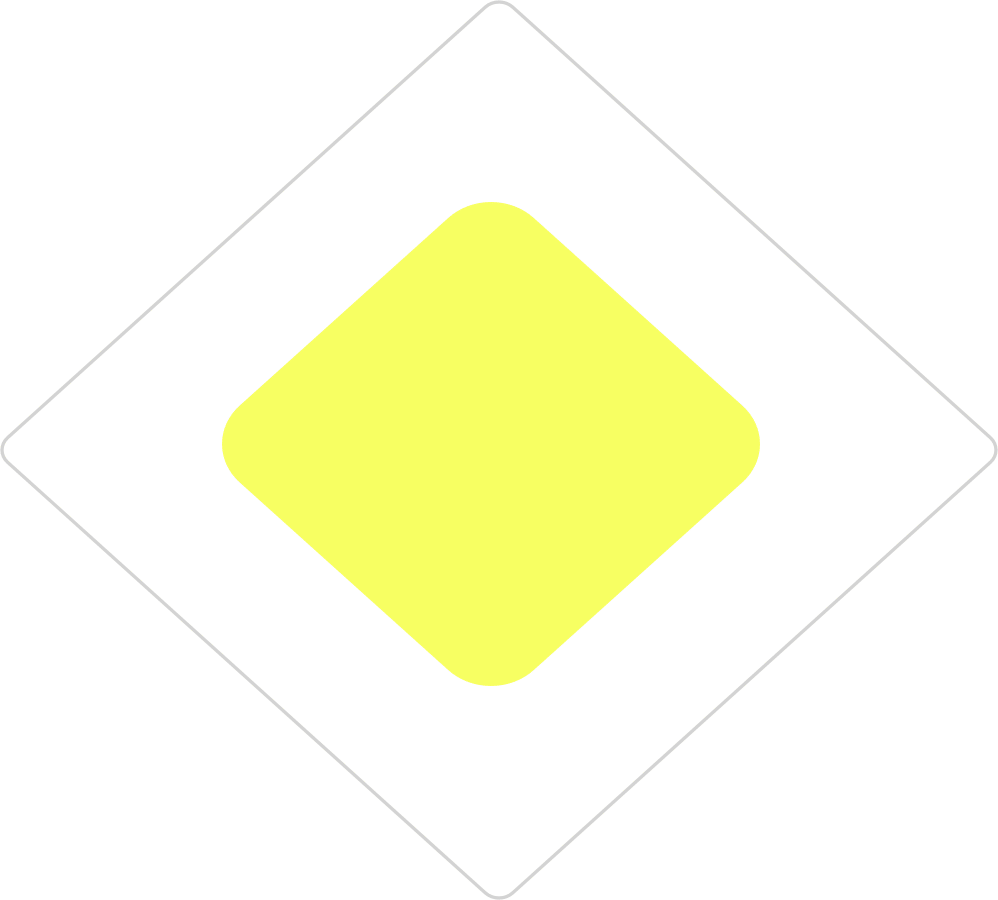SCORM vs. LMS: Understanding the Differences
In the realm of eLearning, both Sharable Content Object Reference Model (SCORM) and Learning Management Systems (LMS) play pivotal roles, but they serve distinct functions. Here’s an overview of how SCORM and an LMS differ:
- Purpose and Functionality:
- SCORM: A set of technical standards designed for creating and packaging eLearning content. SCORM ensures that content works on any compliant LMS, focusing on how content is built, delivered, and tracked.
- LMS: A software platform that is used to administer, document, track, report, and deliver educational courses or training programs. It is the framework that handles all aspects of the learning process.
- Role in eLearning:
- SCORM: Acts as a bridge allowing different eLearning software and content to work across multiple LMS platforms.
- LMS: Provides the infrastructure for managing all eLearning courses within an organization, including user management, progress tracking, and integration with other systems.
- Development and Implementation:
- SCORM: Developers use SCORM standards to ensure their content can be seamlessly integrated and reused in different LMS environments.
- LMS: Organizations implement an LMS to centralize and streamline their training efforts, choosing a system based on features like scalability, usability, and integration capabilities.
Understanding these distinctions can help organizations effectively leverage both SCORM-compliant content and LMS platforms to enhance their educational and training programs.







